My ongoing series, Long Beach Lost, was launched to examine buildings, spaces, and cultural happenings that have have largely been erased, including the forgotten tales attached to existing places and things. This is not a preservationist series but rather a historical series that will help keep a record of our architectural, cultural, and spatial history.
Editor’s note: This series first appeared on Longbeachize in 2017 and 2018; some articles have been republished, updated, and/or altered.
Want to read previous Long Beach Lost articles? Click here for the full archive.
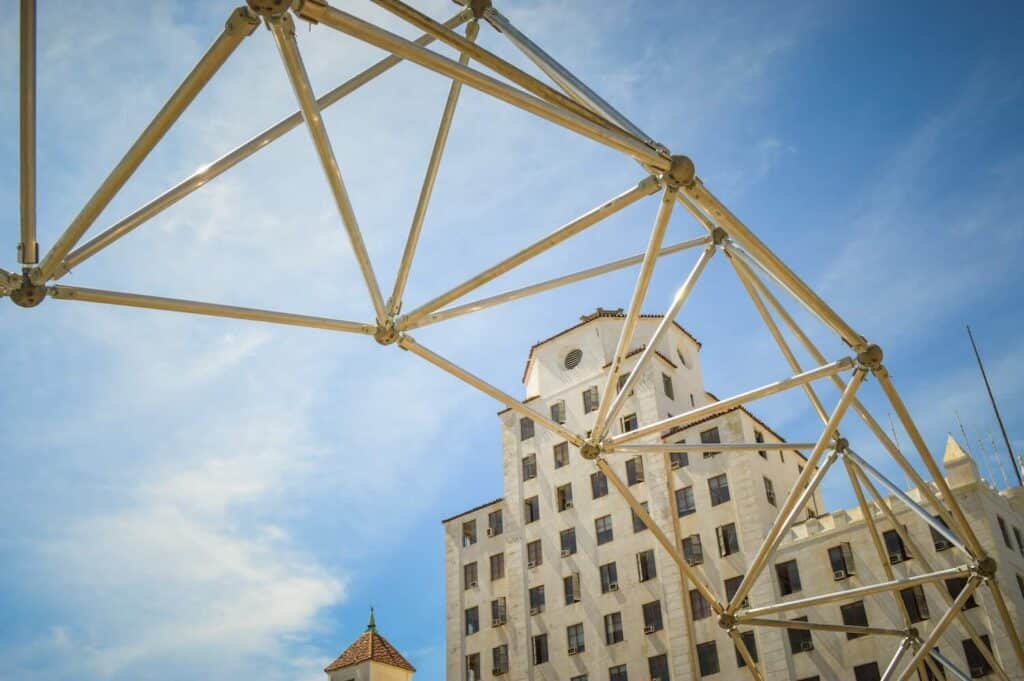

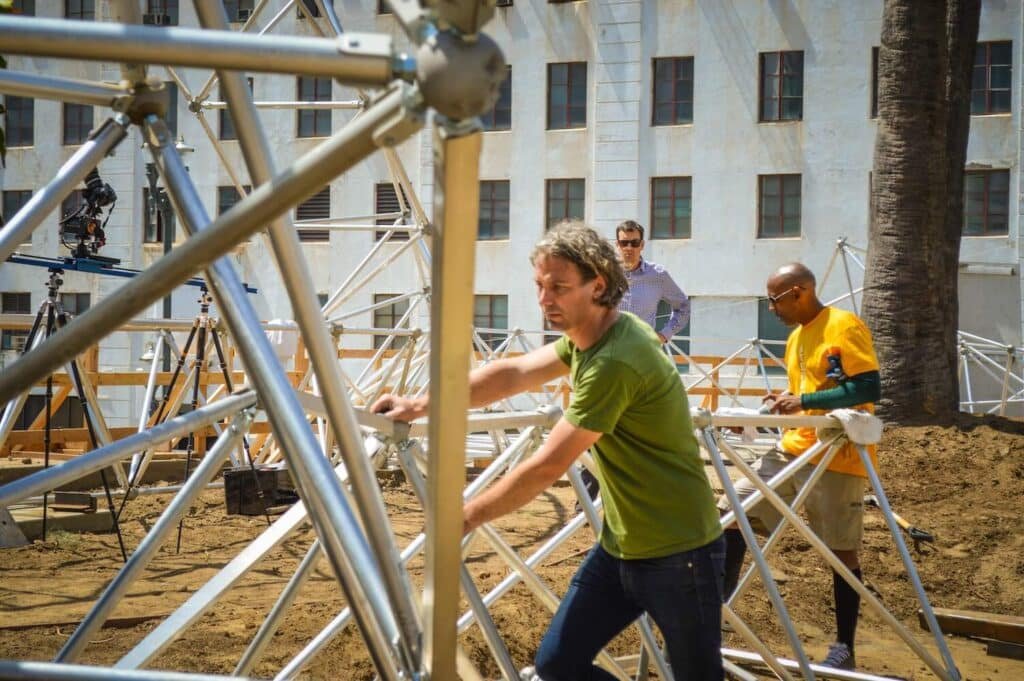
Loved it or hated it, The Loop was an attempt at activating a space that had been dead for decades
One passerby said, “Well, congratulations, you put a giant worm in a sock.”
This was said as, in March of 2016, I (along with then Downtown Long Beach Alliance (DLBA) Placemaking Manager Sean Warner, whom I worked with as Communications Manager) were watching the final touches being put onto The Loop. The art installation was set to debut the following week with the Grand Prix. And it was quite the endeavor.
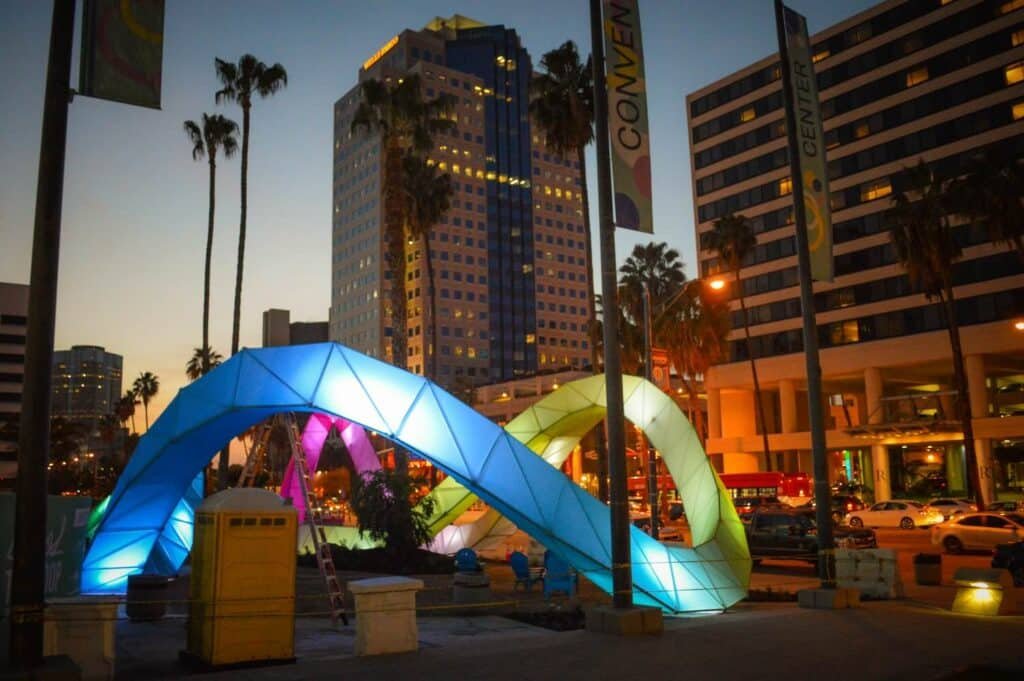
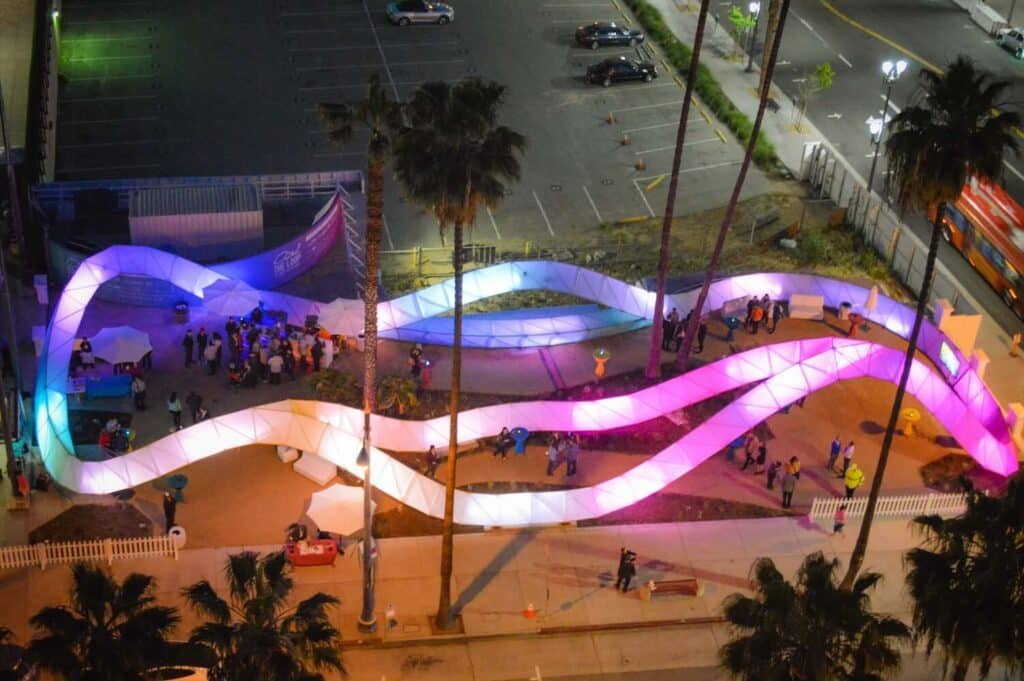
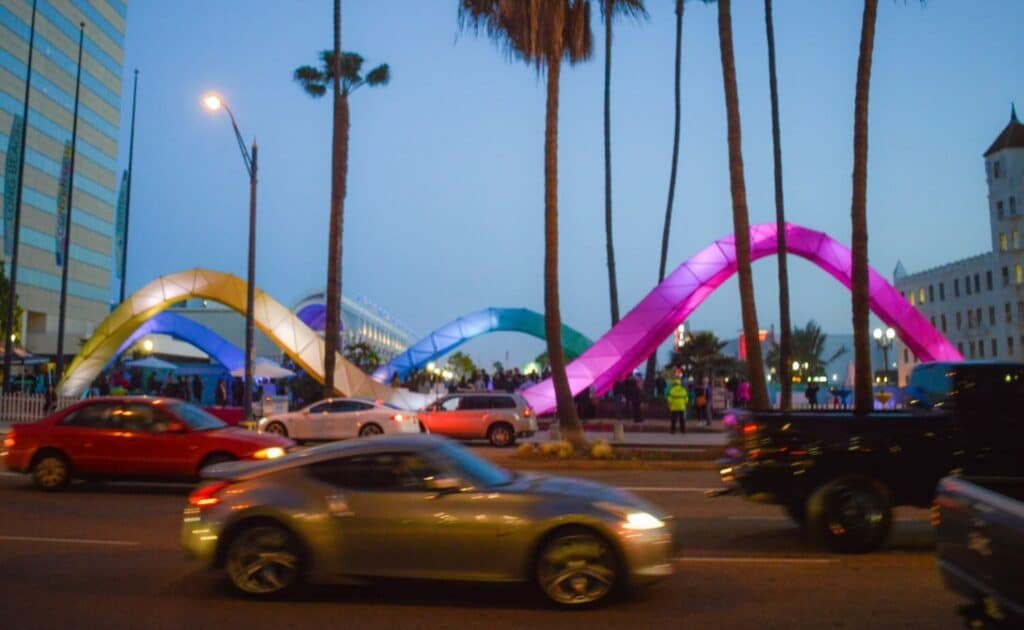
The DLBA had brought together a triad of design teams—Stereo.Bot, Valley Crest, and Gensler—to create something that could serve as a community space in the empty, street-level lot at the southeast corner of Ocean Boulevard and Pine Avenue. (More on this history in a bit.) Having brought similar installations to massive events like Coachella, the team had a straight-forward idea. Create an abstract, fluid-like sculpture with LED lights and speakers. Following that, add some landscape and make it an outdoor event space for the community of DTLB to use.
And events came. Live After 5—the much-missed-and-should-return music series from the DLBA—held shows there. Gym owners held fitness classes. Office workers would bring books to read in the sun. It did what it was set out to do.

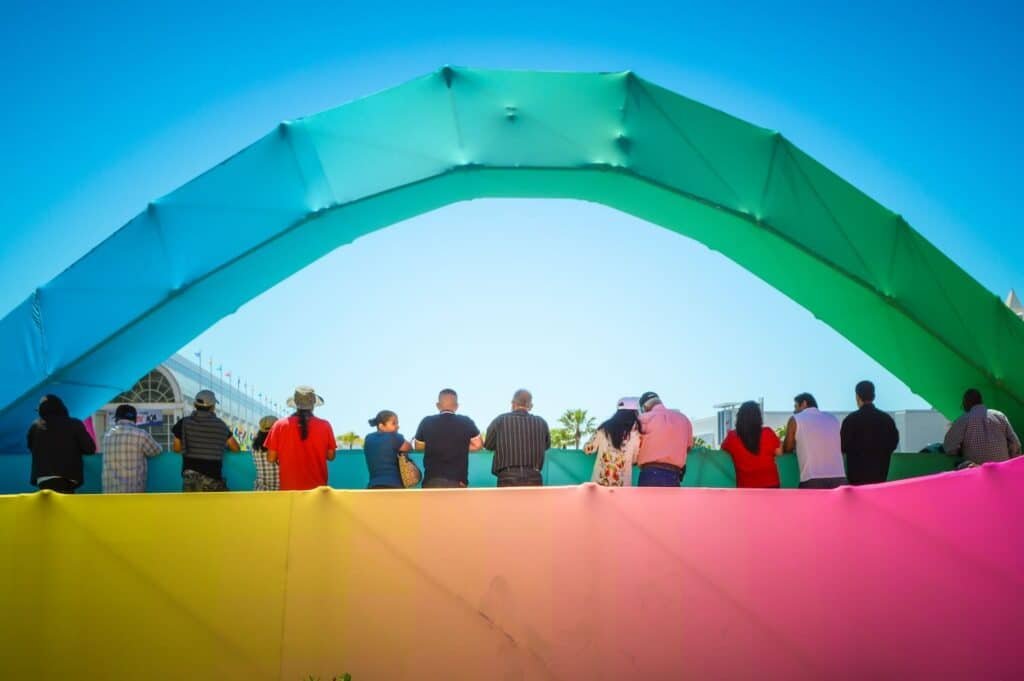


It was always meant to be temporary—but never have a car crash through it
The pandemic was, indeed, wild on many levels. And that included a car crashing through The Loop in September of 2021. By that point, let’s just be honest: The Loop itself had been through some shit.
Its once colorful sheath was consistently tagged, ripped, torn, faded, or otherwise not that pretty. That meant a more durable, silver cover was put on that definitively made The Loop lose some shine. The more explorative denizens of Downtown would often break into it and sleep on the inside or attempt to steal its lights. And then, well, the car.
Come October of 2021, the DLBA announced it would be closing The Loop permanently—a full four years after its original 18-month-long appearance was set for.
“It’s a space that DLBA cares about and took ownership of, because it’s in the public eye and such a prominent Downtown location,” said DLBA Placemaking Manager Stephanie Gonzalez.
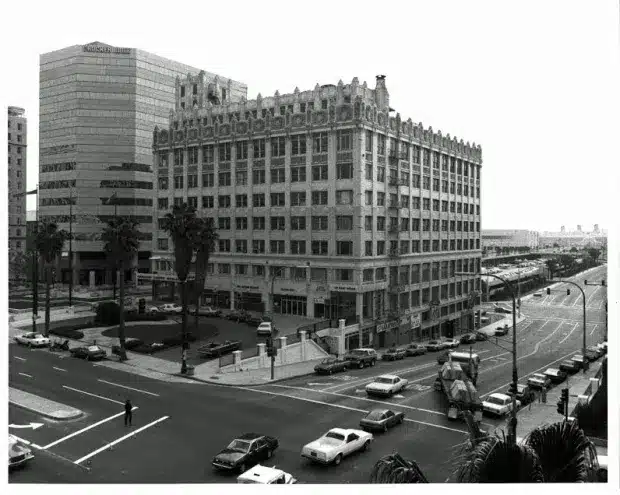
Wait—why was this lot empty for decades in the first place? Another ‘Long Beach Lost’ tale…
This is, admittedly, a sore spot for those who have lived in Long Beach for some time. Because for almost 70 years, the 10-story Jergins Trust Building stood that the very corner The Loop was built. (It’s rainbow-shaped driveway was an inspiration for the design of The Loop.)
Before the land south of Ocean Boulevard was filled to make way for what is now the Convention Center, Pike Outlets, and Aquarium of the Pacific, it also served as the gateway to the shoreline: The Jergins tunnel was an underground pedestrian passageway filled with shops before it dumped people onto the sands of Long Beach.
And then it all came down in 1988. The reason? Speculative demolition, a term used by real estate developers where the act of demolishing a building makes the property easier to sell. For over three decades, it has remained empty, proving that it was indeed speculative. (Though the property is currently under entitlement to become the Hard Rock Hotel.)
Want to read previous Long Beach Lost articles? Click here for the full archive.


